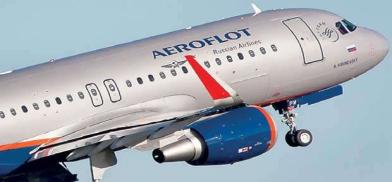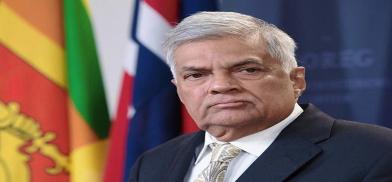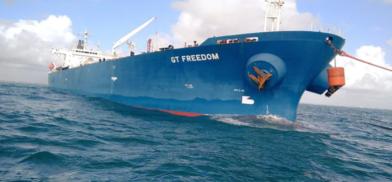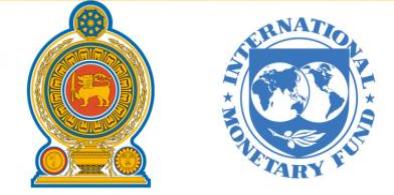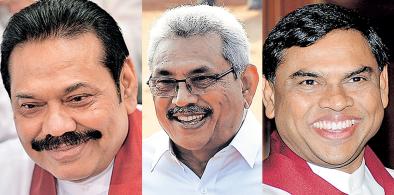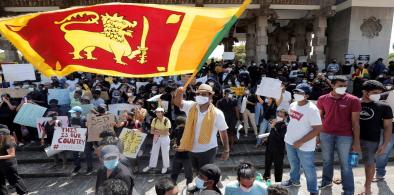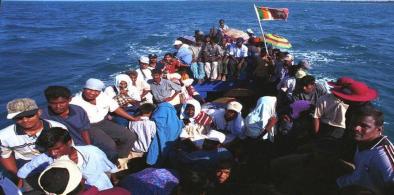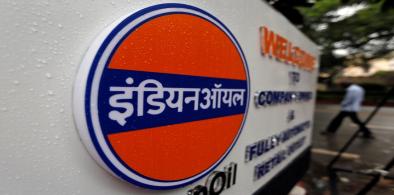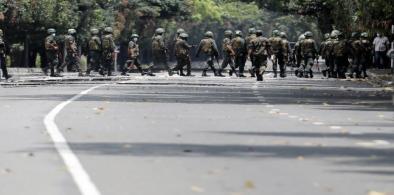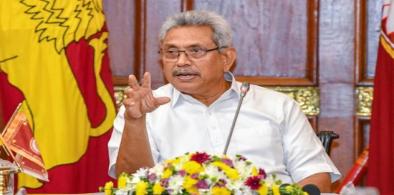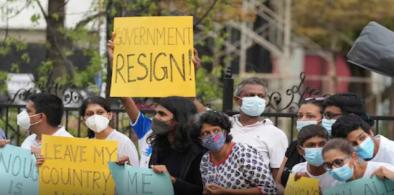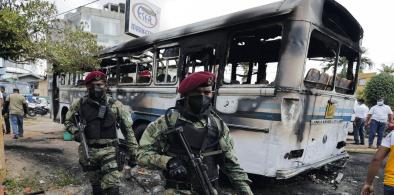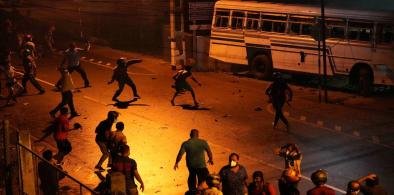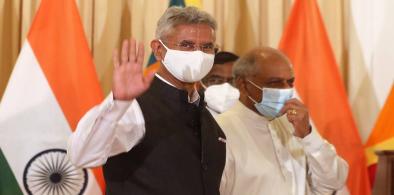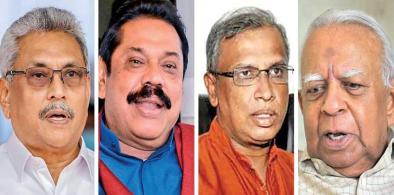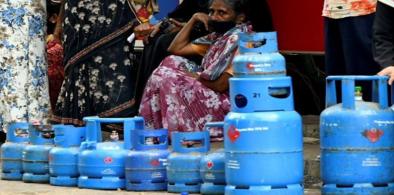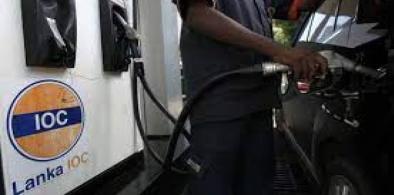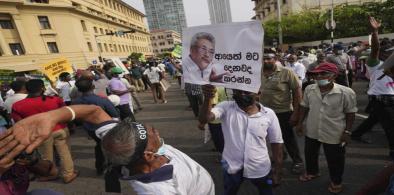The IMF, the ministry said, has assessed Sri Lanka’s foreign debt as unsustainable, and staying current on foreign debt repayment is no longer a tenable policy
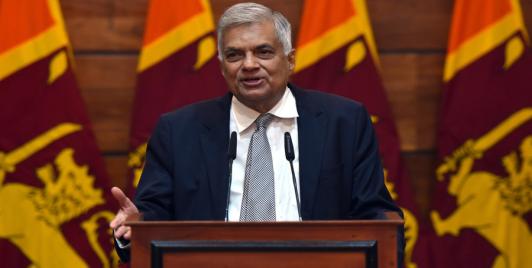
Sri Lanka needs well-designed political and economic policy changes for long-term recovery
The government has taken steps to address shortages of fuel and gas to some extent when compared to the earlier situation which had long queues that stretched for kilometres outside fuel and gas stations. But a well-planned recovery plan still cannot be seen that can address the long-term food security issues.
Seeking patience with warning of ‘dark days' of the past: PM Mahinda Rajapaksa’s speech tells of Sri Lanka's ruling family’s worst fears
Once considered the country’s most influential family, the ruling Rajapaksa clan is now at the center of people’s anger. ‘GoHomeGota’ and ‘Rajapaksas must quit’ are among the most common slogans in the protest rallies, virtually blurring, at least temporarily, the country’s centuries-old fault line, the ethnic divide between Tamils and Sinhala Buddhists
Massive protests in Colombo against Sri Lankan government as opposition plans no-confidence motion
Faced with the worst ever economic crisis, the government now appears struggling to contain the public anger and protests—largely citizen-owned and peaceful—demanding the Rajapaksa family quit the government
Sri Lankan Tamil family sails to India; Colombo tightens vigil at sea over potential refugee outflux
Indian authorities are anticipating more refugees from the crisis-hit Sri Lanka which has been facing a shortage of food, fuel, and other essentials
Sri Lanka may exhaust $500 million line of credit from India for fuel purchase this month; Colombo seeks further assistance
The crisis has also rocked the country’s political leadership as they face nationwide protests seeking the resignation of President Gotabaya Rajapaksa—a demand the government has refused to entertain
Sri Lanka revokes emergency after government loses parliamentary majority
Since the imposition of a public emergency, demonstrations against the country’s ruling Rajapaksa clan had been growing as people defied prohibitory orders and curfew demanding the resignation of President Rajapaksa
Sri Lankan President says he won’t resign; Opposition rejects unity offer
Despite the mass resignation of the cabinet members and President Gotabaya making an offer to all political parties to join the government, opposition parties have rejected the offer, with most demanding the Rajapaksas quit the government
Sri Lankan cabinet ministers resign en masse amid economic and social unrest
The decision to impose the emergency following the violent protests outside the president's private residence had created unease in the cabinet and opposition alike
Sri Lanka declares emergency as public anger grows over economic crisis
Friday marked the turning point in the crisis. Public anger boiled over and led to violent demonstrations
Amid worsening energy crisis, Sri Lankan puts capital Colombo under curfew as protests turn violent; Dozens injured in clashes
On Thursday evening, protestors marched to the residence of President Gotabaya Rajapaksa, forcing the government to deploy the army to quell protests. Dozens of people, including journalists, were injured after security forces fired tear gas and water cannons
Indian welcomes talks between Sri Lankan government and Tamil National Alliance
This came after Sri Lankan President Gotabaya Rajapaksa last week met the leaders of the TNA in Colombo—for the first time since coming to power in 2019—and discussed the issues of Tamils related to the release of political prisoners, land utilization, missing persons, 13th Amendment implementation and diaspora investment at the meeting
Sri Lankan President Gotabaya Rajapaksa reaches out to Tamil leaders, promises prisoners’ release, truth-finding mechanism among other measures
The Friday meeting was significant as this is the first time when the present government reached out to Tamil leaders and assured measures to address their concerns
Sri Lanka deploys troops at fuel stations amid crippling fuel shortage
Sri Lanka on Tuesday deployed military personnel at fuel stations across the country as the government struggles to contain the ongoing crippling fuel shortage, leaving thousands of people to stand in long queues to wait for hours to get a few litres of fuel
Sri Lanka’s fuel crisis likely to ease as India extends $1 billion line of credit; IMF says exploring all options
Sri Lanka’s crippling energy crisis is expected to ease in the coming days as India extended a $1 billion line of credit, bringing total assistance to Colombo around $2.4 billion since January this year
Sri Lankans stage massive protest protesting economic crisis
Sri Lanka’s Rajapaksa government that came into power in 2019 with over two-thirds majority this week saw thousands of protesters descending on the capital Colombo seeking the resignation of President Gotabaya Rajapaksa who they blame for the present economic crisis



